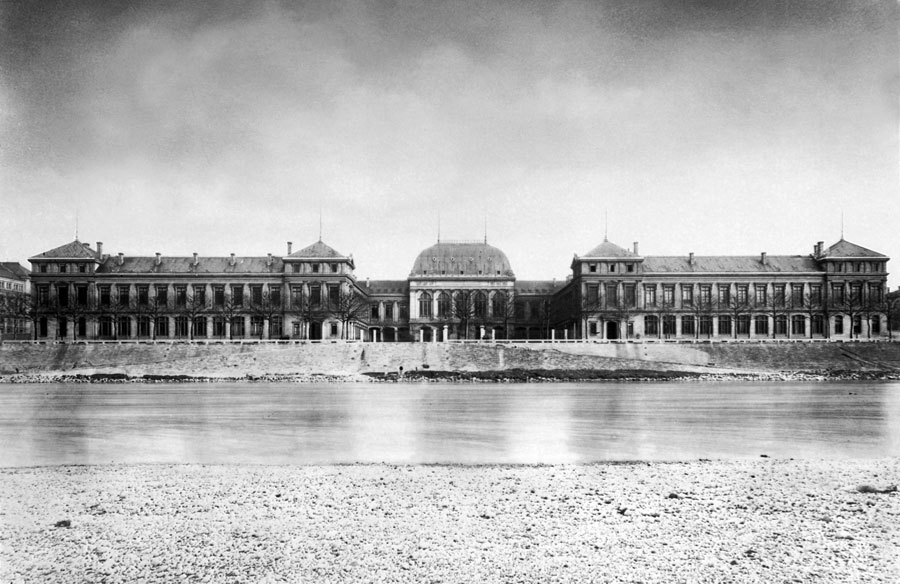History of the Claude Bernard Lyon 1 university
The Claude Bernard Lyon 1 university was founded by decree in December 1970. It is named after the famous physiologist born in 1813 in Saint-Julien-en-Beaujolais.
Lyon does not have a long and illustrious past as a university city. During the Middle Ages, it was not bestowed with a Sorbonne or the scientific prowess that is the pride of Montpellier, Oxford or Salamanca. Its university is relatively recent. It is the law of 10 July 1896 that enabled it to group together the university of the former independent faculties (science, medicine, law and arts) the oldest of which go back to 1808 (faculty of science).
The Claude Bernard Lyon 1 university was founded by decree in December 1970
Over several, years it accumulated a number of other sites: Grange Blanche (faculty of medicine, incorporated in 1930), the Doua campus (faculty of science, set up between 1963 and 1964 and the former Grand Camp racecourse of Villeurbanne), Lyon Sud (faculty of medicine created in 1970), the Domaine de la Buire (training and research unit (UFR) of medicine and odontology, built in 1974), the Lyon Observatory set up in the district of Saint-Genis-Laval (establishment created in 1878 then attached to the university in June 1899 and the site of the marine biology station of Tamaris-sur-Mer (near Toulon, in Seyne-sur-Mer), founded in 1890.
Over time sites were added to the Claude Bernard Lyon 1 university as its research laboratories developed and the number of students come to study there increased. The sites of the second period of development are those of the rue de France in Villeurbanne (technical university - IUT), of Bourg en Bresse (that has 2 IUT departments), Roanne, Gerland (which has been home since 2005 to the Institut de Science Financière et d'Assurances [Institute of financial science and insurance).
The eponymous personality of the university is Claude Bernard
This famous physiologist was born in 1813 in Saint-Julien-en-Beaujolais (Rh?ne). After going to school in Villefranche then Thoissey (Ain), he started work as a compounder at the Millet pharmacy in Lyon-Vaise. In 1834, he passed his baccalaureate, and in 1839 he started studying medicine. As a student of Magendie, he was awarded the prize of physiology of the Academy of Science in 1845.In 1853, he was awarded his doctorate for his thesis entitled: "Research on a new function of the liver considered to produce sugary matter in humans and animals". He demonstrated the glycogenic function of the liver and established a pathogenic theory of sugar diabetes.
Fran?ois Magendie died in 1855 and "bequeathed" him his position at the Collège de France. He occupied this position until 1868, when he was appointed professor at the Natural history museum, and at the same time he became a member of the Académie Fran?aise. In 1865, Claude Bernard started to suffer from strange pains, which ended up taking his life in February 1878. As a great experimenter, his Introduction to the study of experimental medicine in 1865 laid down the fundamental principles for scientific research. As the father of modern physiology, he laid down the principle of experimental medicine. He developed the "observation, hypothesis, confirmation/invalidation" principle.
His work was broadly disseminated thanks to the publication of his lesson in a series of volumes. This great scientific work was completed in very precarious financial circumstances.
"I have known," wrote Claude Bernard, "the pain of scientist, who, for lack of resources, cannot undertake the experiments he designs, and is obliged to forgo some research, or leave his discovery in its early stages."
Upon his death, Gambetta asked for a state funeral: this was the first time that a French scientist was bestowed with such an honour. He is buried in the Père-Lachaise cometary in Paris.



 en
en fr
fr
 es
es
